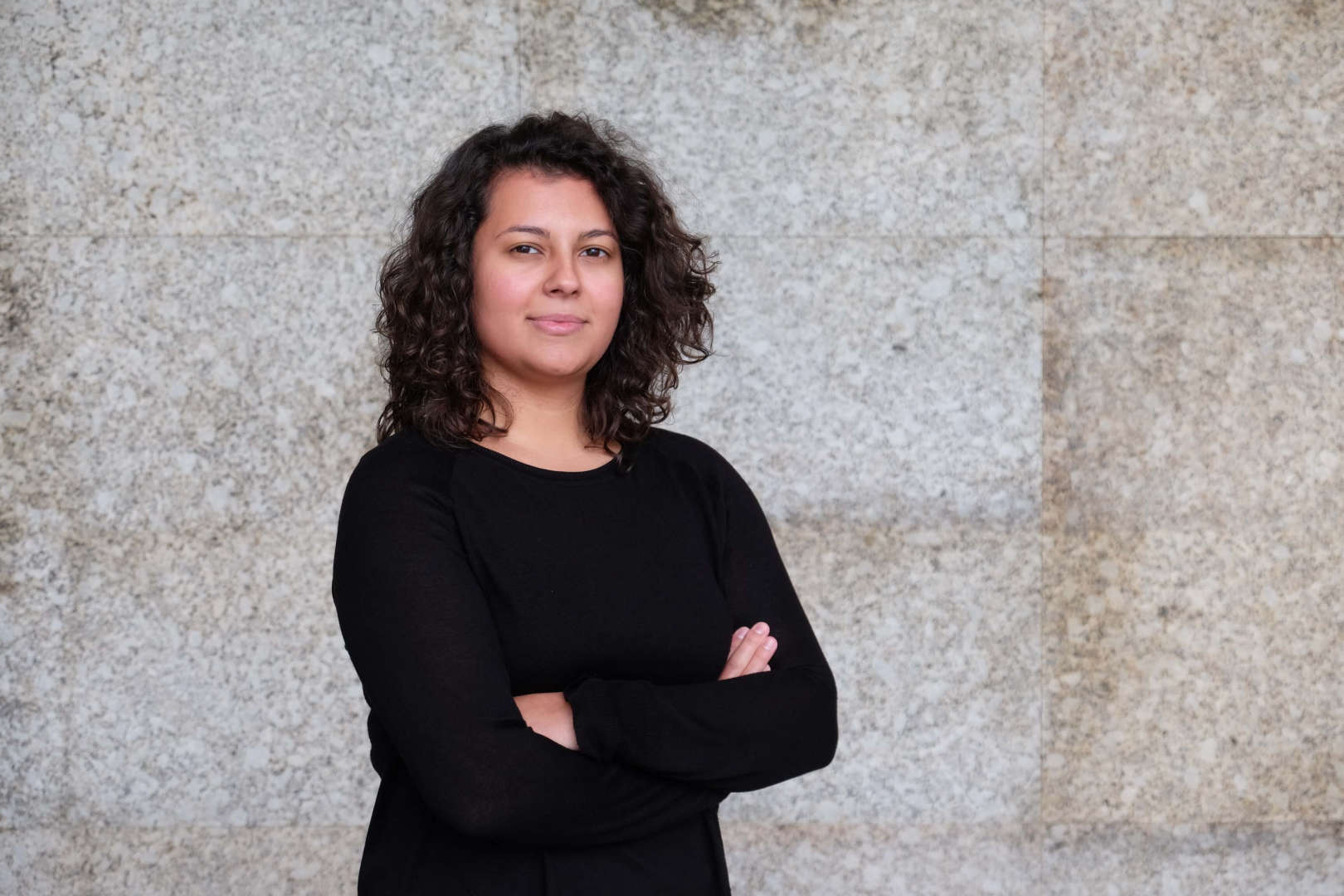About
I am currently assistant researcher at INESC TEC and an invited assistant professor at the University of Minho. My current research rests on distributed machine learning, addressing several fronts. In detail, in the last few years, I have been delving into privacy-preserving distributed machine learning and federated learning, the application of distributed machine learning to healthcare challenges, and storage optimizations for machine learning and distributed machine learning. Now, I am expanding my research toward energy-aware storage systems for deep learning workloads and AI control algorithms for optimizing systems. I am growing my publication record on these subjects, having already some relevant papers in reputable journals, conferences, and workshops (e.g., IEEE Access, ACM SAC, EPIA). Finally, I have been an active researcher on multiple international and national projects, such as EU Project GreenDat.AI, Compete2020 BigHPC and AIDA, PT-UTAustin PAStor, as well as international consortiums (CENTRA).


